How CRISCO Started
A century ago, lard was in every American pantry and fryer. These days, lard is an insult.
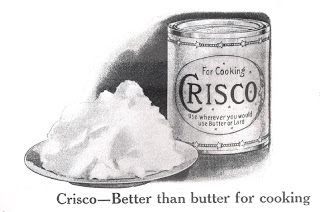
The word lard has become this derogatory term associated with fat and cholesterol.
The story of how Crisco started begins pre-Civil War America when a German chemist E. C. Kayser developed the science of hydrogenation by adding hydrogen atoms to the fatty acid chain (with the aide of Nickel Oxide)…in other words, he took cottonseed oil (which is already a rancid oil and full of free-radicals) and added a metal to it.
This process transformed the liquid cottonseed oil into a solid that resembled lard (strong dyes are added to it to get rid of the ugly grey color…which is now removed by bleach!). This substance was purchased my Proctor and Gamble for the use of making soap and candles….it was NEVER meant to be consumed!
BUT times are tough and Proctor and Gamble wanted to make this product more “marketable” so since it looked like lard, why not sell it as a “healthy” alternative and the price of lard was getting expensive.
Crisco was introduced as a food substance in 1911. A time when wives stayed home and cooked with plenty of butter and lard. Crisco had to convince housewives about the merits of this so-called “food.” P&G’s first ad campaign introduced the shortening as “a healthier alternative to cooking with animal fats. . . and more economical than butter.” With one sentence, P&G had taken on its two closest competitors—lard and butter. Crisco was marketed as cleaner, healthier, easier to digest, more affordable, and more “modern” than lard. Magazines portrayed housewives who used Crisco were better wives and mothers, their houses are free of strong cooking odors and their children were better behaved.
To make their product more marketable, they published and gave away a cookbook. It had everything from breads and soups to desserts and every recipe included Crisco. Not only that, but they started to target the Jewish housewife because it was technically a “kosher” food, yet cooked like butter and could be used with meats. This grabbed the attention of Jews and they quickly jumped onto the advertising.
To give some compassion, no one knew the dangerous consequences of Crisco, partially hydrogenated oils…a.k.a…the trans fatty acids, were bad for us. P&G didn’t know this either, not at first. But when problems like increased cancer, heart disease, infertility, growth and learning problems, started to appear, P&G worked behind the scenes to cover them up. Dr. Fred Mattson worked for P&G and can be blamed for our false belief that animal fats caused heart disease. His influence was so strong that he persuaded the American Heart Association to preach the false gospel of the Lipid Hypothesis. Here is a short video to help explain things further: BIG FAT LIES!
I don’t know about you, but I think butter tastes way better anyway!
TESTIMONY OF THE DAY
“Maria, I have to say this has been amazing, I have taken Zantac in the morning and night for 18 years and was thinking about switching to the purple pill as the Zantac was not work any longer. My wife and I read your book and took your assessment test and I started around mid January, I am on my third week with NO antacids and NO heart burn at all! I also had 4-5 nights a week that could not sleep more than 4 hours, I’d wake up at 1am and not be able to go back to sleep. I am now sleeping 7-8 hours 6 or more nights a week! Thank you for your book. Feeling better at 59.” – Garth
What are your goals for today? Diet does NOT mean deprivation!

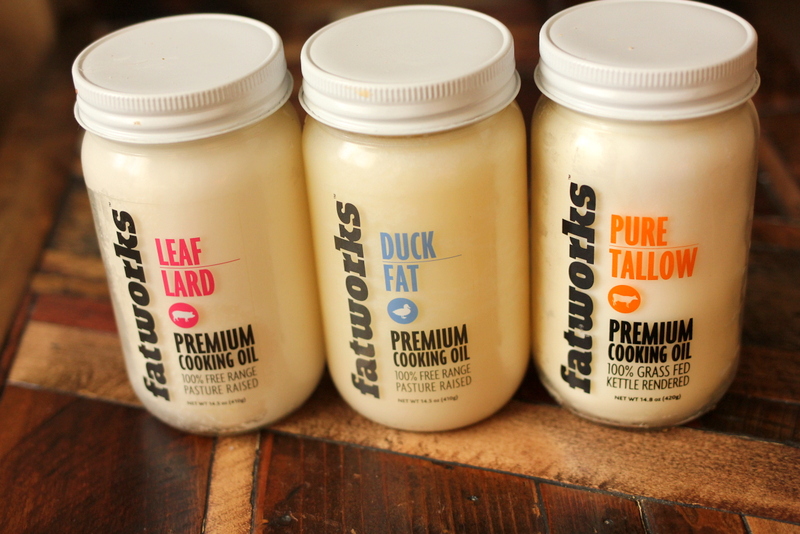
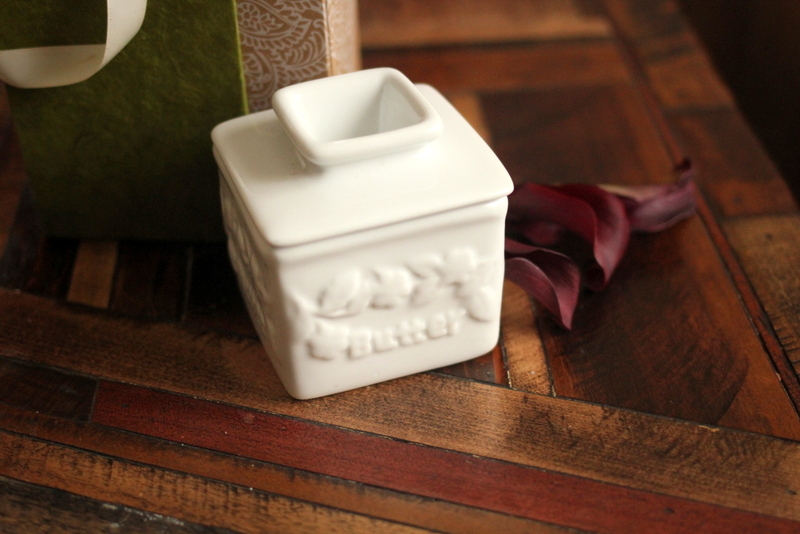

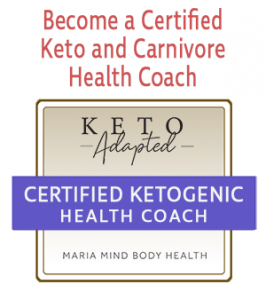

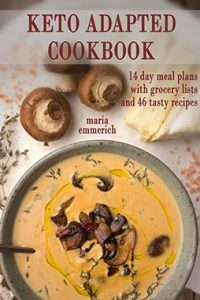
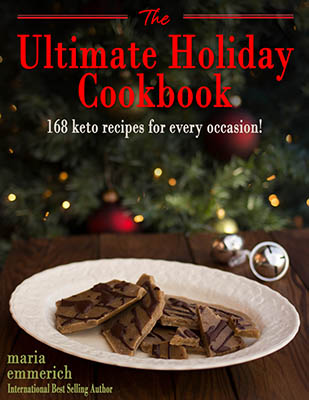
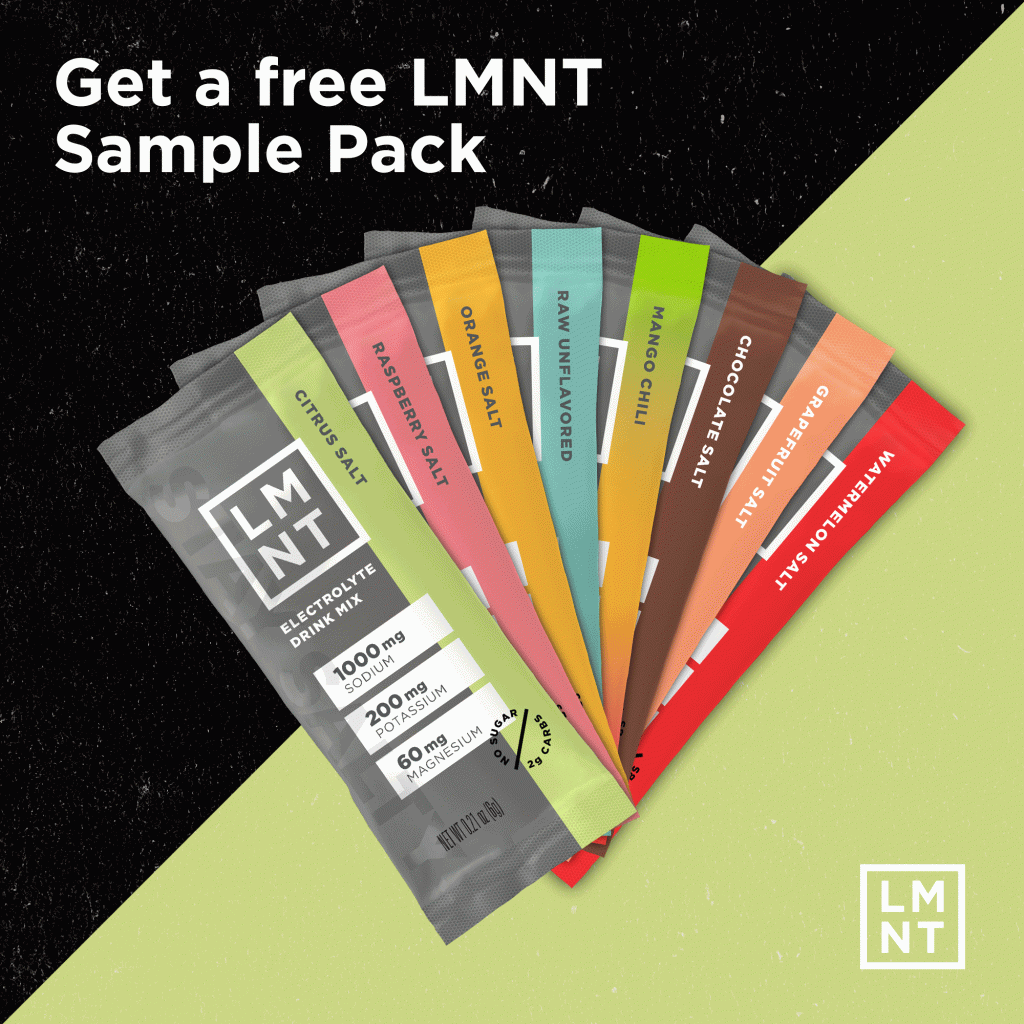



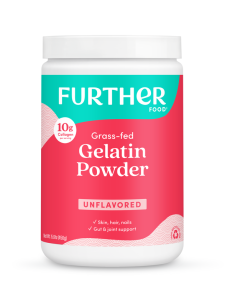

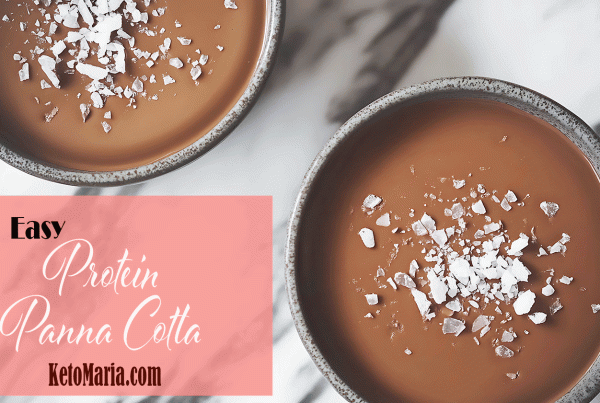


Makes me so sad to read this. I grew up with lard and butter but somehow my mom started using crisco and margarine mainly I think because we stopped having cattle. It wasnt tv because we lived to far to get a signal. She and all of my loved ones would be so proud of me now trying to embrace the old ways.
So true!
maria, I love this post.. thanks for the education…I appreciate you
Thank you! 🙂
This is so important to share. Having grown up on a Registered Jersey Cow large dairy farm, we drank unpasteurized mild from our cows which was very heavy on cream. The cream we separated was prized for tea/coffee and whipping and making butter.. Our family Doctor told my parents the research was showing heart disease was increasing so recommended to by skim milk for drinking and not use lard, beef tallow, or butter for baking. My mom switched to Chicken Fat and did not tell the Doctor.
My grandfather grew Soy Beans (in southern Ontario, Canada, and he sold most of his crop to Henry Ford in Dearborn MI, to make plastic parts for the old back Ford Motor car. They hydrogenated the oil from the beans, and transformed it into something you would never want to eat. We still use Soy Bean oil in products (commercial salad dressings) so we have a long way to go to inform the public. Medicine takes a long time to catch up. Barbara
You couldn’t be more right! Thanks for reading ❤️